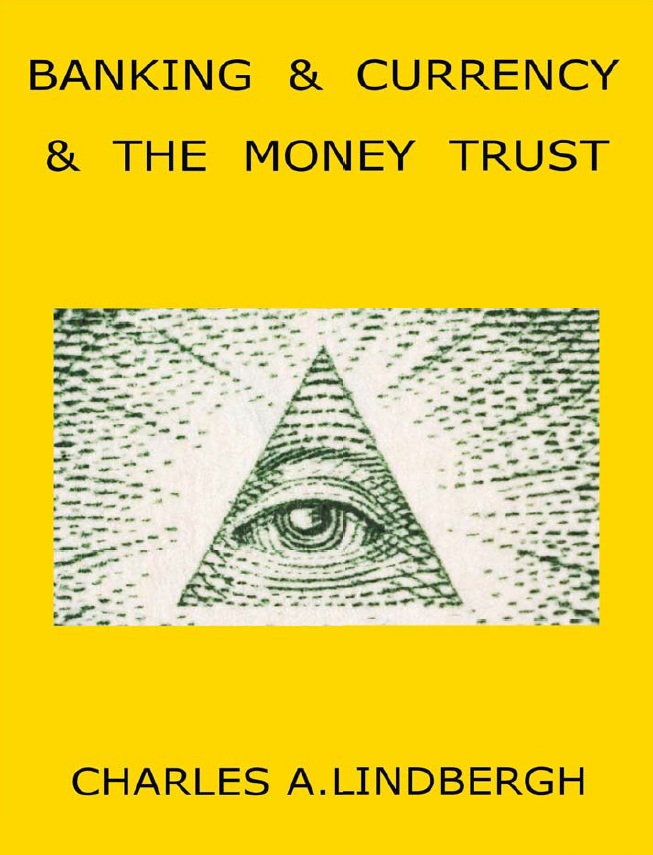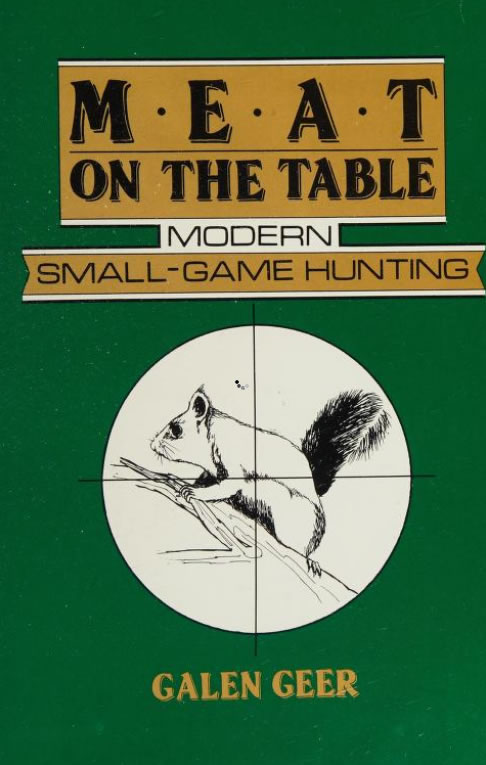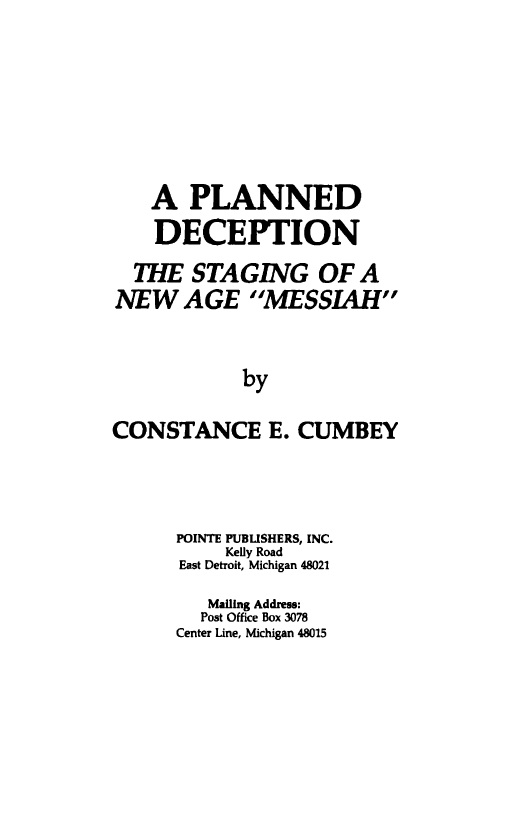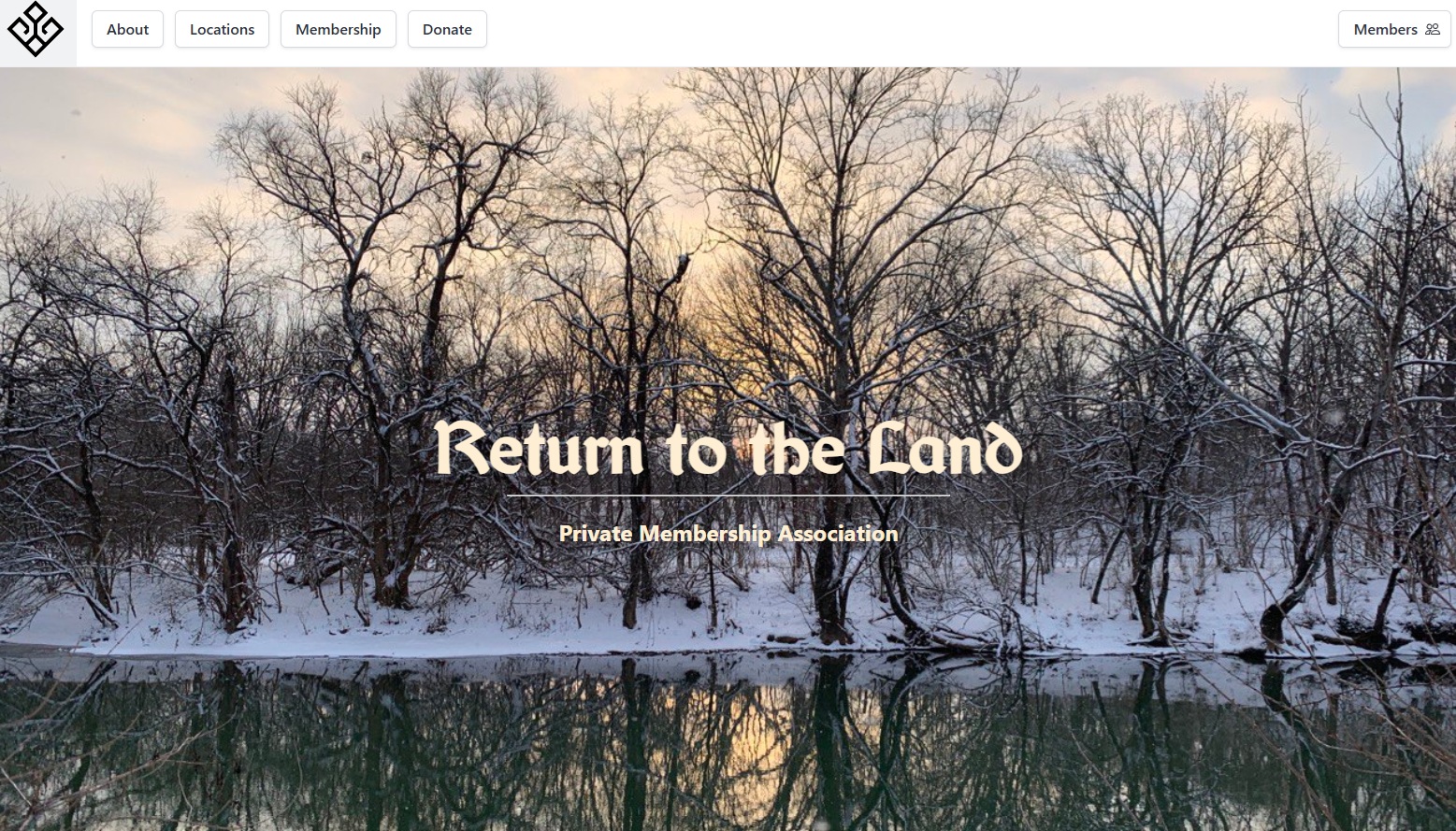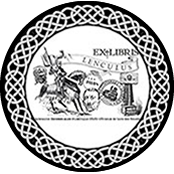Leonarda Jonie - Women are retarded
From ugly women giving women advice, to fat women teaching you how to lose weight, today I cover all the ways modern women are retarded.
Leonarda Jonie's website : leonardaisfunny.com
Women are retarded - Part 2
There's an epidemic of ugly women on the internet calling men ugly. The "Call Her Daddy" Podcast is out here giving women all kinds of terrible advice and leading them to their own destruction.
STOP indian corruption
It's not just tech, they're coming for every aspect of our lives and no one is talking about. No one except me.
Leonarda Jonie : Uncensored, Live in Houston, Texas
Full 6-minute, uncensored and unedited set from the most controversial, female comedian in the world.

